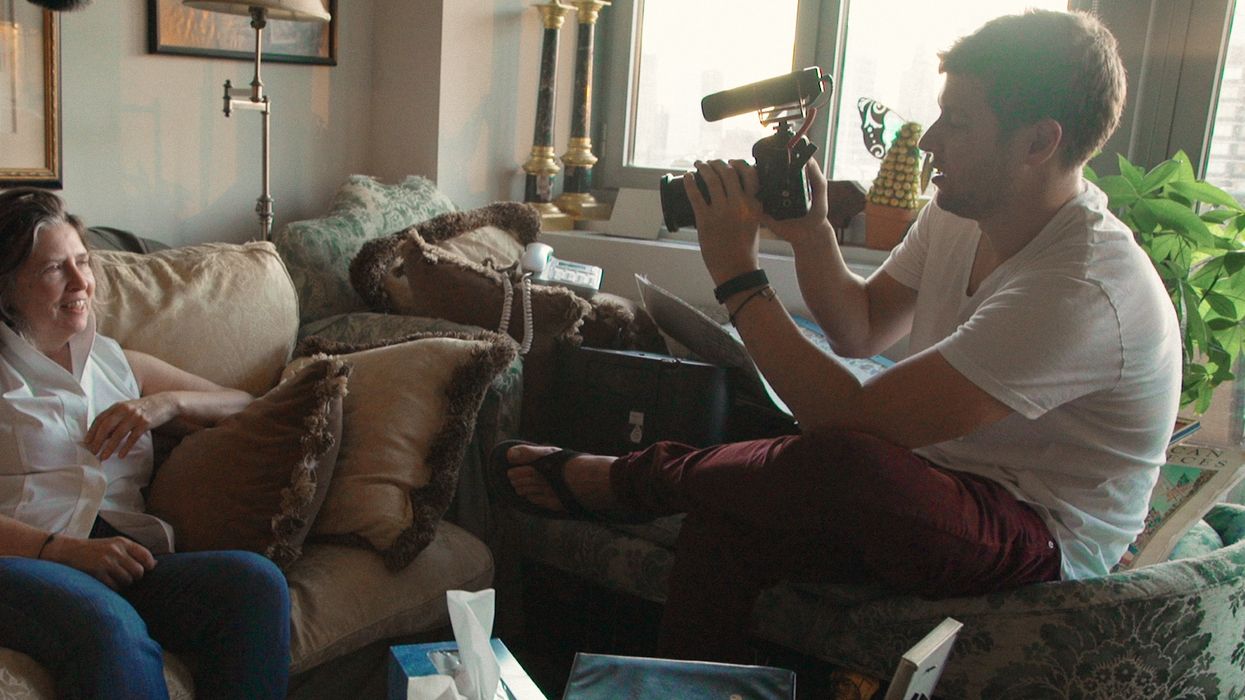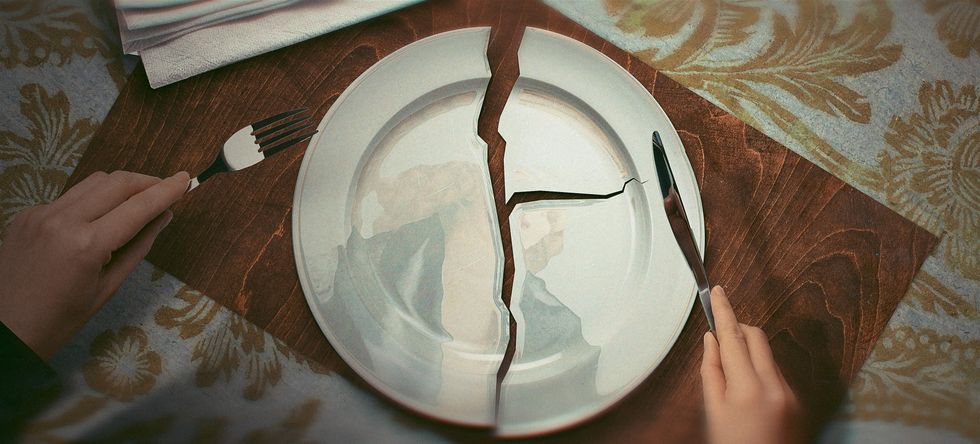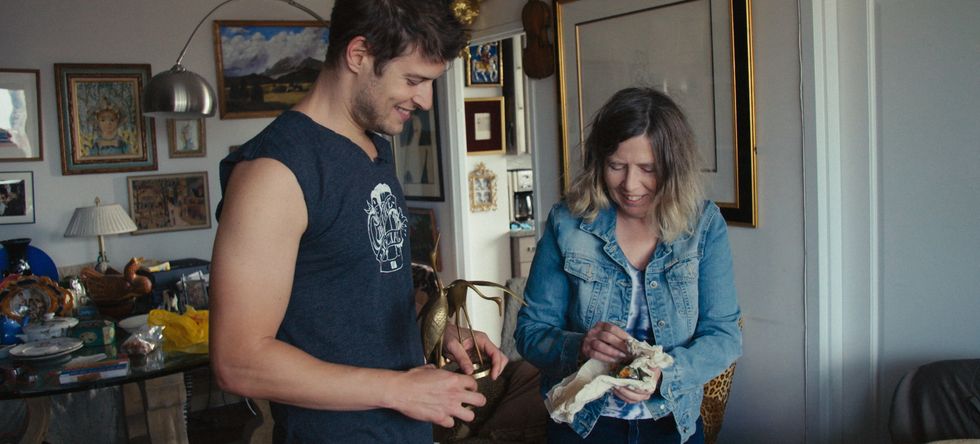1080P RAW Video Now Possible on Canon 5D Mark III & Real Anamorphic Shooting with the New Hack
Not only do we have news that RAW video at 24fps is possible on the Canon 5D Mark III, but we now know it's possible to get a full 1920 x 1080 image with 1000x speed cards. The first samples were possible by cropping the image to 1920 x 820, but g3gg0 from Magic Lantern has unlocked a way to get the entire image -- the full 1920 x 1080. This makes the Mark III the first full-frame (36mm x 24mm) camera to shoot RAW video at 1080p. Also, now that we're capable of getting really high-quality custom resolutions, a whole new world has potentially opened up for anamorphic shooting with the camera.
Here is a1ex in the Magic Lantern forum:
Heh, people got excited without even knowing the big news: g3gg0 just discovered how to use the DMA cropping routines, which just made possible RAW video recording at 1920x1080 at 24fps on 1000x cards.
Technical: we now know how to copy a cropped version of some image buffer at very high speeds (over 700MB/s), and with this trick we can save the video data the card at full speed, without being slowed down by image borders, for example.
1920x1080 RAW video now requires 83MB/s at 24fps, so it should work just fine on 1000x cards. I didn't try it.
So, I've lost my patience and rewritten the lv_rec module from scratch, to use these new routines and to experiment with different buffering algorithms. The new module is called raw_rec and outputs the same file format (RAW files).
Main changes:
- The ring buffer only uses 32MB memory blocks (maximum we can get). Reason: card benchmarks showed higher data rates for large buffers.
- Frame copying is done outside the LiveView task (not sure if it has any effect).
- When the buffer gets full, it skips some frames, rather than stopping.
- Fewer hardcoded things: should be easier to port.
- Resolution presets, from 640x320 to 3592x1320.Just like lv_rec, this is in very early stages, so you have to compile it yourself.
Source code: https://bitbucket.org/hudson/magic-lantern/commits/54537cb85d7d
If you try it, I'd like you to look for any signs of image tearing. The source raw data is single-buffered, but it's possible to make it double-buffered if the vertical sync is less than ideal.
All credits go to g3gg0 - without his reverse engineering work on understanding the image processor, this would have been impossible.
This is absolutely huge, and almost equally as exciting as the original announcement, because it means you'll be able to use the entire image to shoot. While I'm sure most would have made do with cropping to a wider aspect ratio than 16:9, it's pretty clear we're going to have the ability to get full use of our lenses on the Mark III. As far as slow motion, lourenco, who has been shooting with Lexar 32GB 1000x CF cards, mentioned this on YouTube:
The memory card is not fast enough for [50/60 fps]. Raw mode 1280x672 at 48P is possible.
Other cameras are being tested, and it looks like the 5D Mark II may actually get full 24fps with a crop, but like with any of the other cameras, we will have to wait and see. The team over at Magic Lantern has done a tremendous job, and we should applaud them for doing the impossible.
It should be noted that there is no audio at the moment when shooting RAW, which basically makes the Mark III work like a real film camera in terms of syncing audio (you'll need a slate). We don't know yet if they will be able to figure out a way to get audio with the DNGs, but as we've seen, it seems like anything is possible.
Real Anamorphic Shooting on the 5D Mark III
With the ability to define custom resolutions in RAW mode on the Mark III, this has opened up some interesting possibilities for anamorphic shooting. Later in the post, a1ex answered a question regarding custom resolutions:
you guys can define a partial crop of the sensor and save it RAW? This could be perfect for anamorphic shooters, just using a square portion in the middle. Possible?
Yes, you can select any combination from here:
static int resolution_presets_x[] = { 640, 720, 960, 1280, 1320, 1920, 2048, 2560, 2880, 3592 };
static int resolution_presets_y[] = { 320, 360, 480, 540, 720, 840, 960, 1080, 1152, 1280, 1320 };
or add your own custom resolutions (just put the numbers there).
The high resolutions only work in 5x zoom mode, where you get 1:1 crop from the sensor.
Right now, ML will do a center crop, but I'd like to try to implement a smooth digital panning (sort of a software dolly). Shifting the crop window by 8 pixels at every frame should be easy, and that would result in a 8-second horizontal panning of the 1920x1080 window from sensor center to the edge: (3592-1920) / 8 / 24fps = 8.7 seconds.
So what does this really mean? 1.33x anamorphic adapters like the Panasonic LA7200 basically get you to the correct 2.39 aspect ratio with a 16:9 sensor. Here is an example with the Mark III as-is without any hacks:
Issues with using anamorphic adapters in front of lenses aside, this does get you a great looking image, but it's not quite as dramatic as using a 2X anamorphic lens or adapter. Here is a sample shot on the RED ONE in 4K with 2X anamorphic lenses:
Now, since many anamorphic lenses were designed for about a 1.20:1 aspect ratio, both the Arri Alexa and the RED ONE/EPIC crop into their images to get close to that aspect ratio using 2X anamorphics. Alexa gives you a 1.195:1 ratio (even with its 1.33:1 4:3 sensor), and the RED ONE MX at 4K does 2816 x 2304 giving 1.22:1, and the EPIC at 5K gives 3296 x 2700 -- also a 1.22:1. Anamorphic lenses are far from consistent in their squeeze, but basically if you want to shoot 2X anamorphic on a Mark III the way it is now, it will look something like this, which is obnoxiously wide for my taste, and is not a normal cinema or TV aspect ratio:
If you want anything resembling a normal looking image, you'll have to crop significantly into your video to get a 2.39/2.4 aspect ratio. It's not clear which resolutions give only a 1:1 crop, but for the sake of the post, we'll stick with 1920 x 1080.
If we did a custom sensor crop of 1296 x 1080, that would give us a 1.20:1 aspect ratio, and we'd simply do a desqueeze to get footage that's the correct aspect ratio, and we're now using as much of the lens and the sensor as possible right from the start. Some anamorphic adapters may have actually been made for a 4:3 image, but it's not a huge difference between 1.2 and 1.33. We also will be able to work with funky anamorphic adapters like 1.5x or 1.6x, and get custom crops of the sensor that give exactly the aspect ratio we want right away.
Certainly higher custom resolutions would yield even higher quality results, so we'll just have to wait and see what rabbit the Magic Lantern folks can pull out of their hat next. I'm definitely excited by the possible anamorphic applications, especially since very few budget cameras are capable of giving anything other than 16:9 -- and none in that budget range capable of true anamorphic currently give you RAW.
Link: Uncompressed YUV422 and 14-bit RAW video recording -- Magic Lantern Forum


 'Little Empty Boxes'https://littleemptyboxes.com/
'Little Empty Boxes'https://littleemptyboxes.com/ 'Little Empty Boxes'
'Little Empty Boxes'









